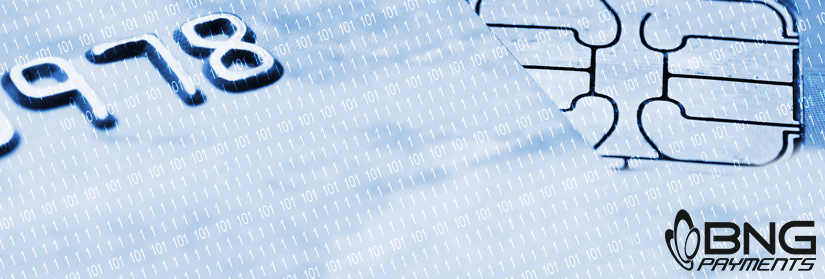
It’s been over a year since the EMV liability shift was pushed onto merchants for theft, in hopes of adapting to the new chip card reader technology.
Chip cards (which have been used in Europe for over a decade) are seen as a safer alternative to the standard magnetic strip.
However, experts have found a way to bypass the chip and commit fraud with chip cards and EMV readers.
Researchers at the NCR Corporation (National Cash Register) have spent time exploring how credit card fraudsters can rewrite the magnetic stripe code to make it appear like a chipless card. By rewriting the magnetic strip, it allows fraudsters to continue working counterfeit cards.
"There's a common misconception EMV solves everything. It doesn't," Patrick Watson, one of the researchers, told CNNMoney.
One of the biggest weakness that comes from a chip-based credit card system is most merchants are only upgrading their terminals, instead of just encrypting each transaction.
In addition, many payment terminal makers keep creating machines without encryption. Or, if they create the security with encryption, many merchants don’t actually turn the features on.
No, even with the possibility of theft with an EMV card, the chances you’ll experience fraud from are significantly low.
Here’s a graph off the existing data that we’ve compiled, based on what we’ve seen through years of working with cards and small businesses.
This is just for card present transactions. In reality, face-to-face fraud is declining drastically due to the rise of online theft.
You can read more about taking payments online securely here.
EMV is a step in the right direction, however, it’s not the end game for fraud. Thieves will continue to learn how to beat the newest security. It’s always going to be a rat race, but your business can still protect you by working with your credit card processor.
Download our free EMV guide to see how EMV affects your business.
Oops! We could not locate your form.
